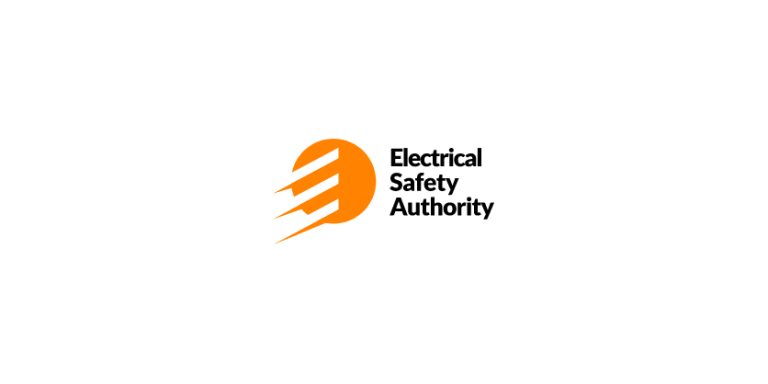What Are the Differences Between LM-79, LM-80, and TM-21?

June 5, 2019
It is important to understand the difference between these three standards because they are all used to determine the performance metrics on the label, including the optional lumen maintenance metric.
LM-79 is an approved method for taking electrical and photometric measurements of SSL products. It covers total flux (light output), electrical power, efficacy, chromaticity, and intensity distribution. The five required metrics on the LED Lighting Facts label come from LM-79 test results.
LM-80 is an approved method for measuring the lumen maintenance of LED packages, arrays, and modules (i.e. the LED light source) at various temperatures. It specifies a minimum testing period of 6,000 hours, although 10,000 hours is preferred, and it requires testing at a minimum of 1,000-hour increments. LM-80 provides no determination or estimate of expected life or lumen maintenance beyond the test data, which, even with 10,000 hours of testing, falls far short of the claimed lifetimes of most SSL products on the market today.
TM-21 provides guidelines for using LM-80 data to estimate the light source lumen maintenance beyond the LM-80 test period. LM-80 and TM-21 are designed to work hand-in-hand, with TM21 using the LM-80 data, along with in-situ temperature performance data, to project the lumen maintenance of an LED light source.
To learn more, visit www.standardpro.com/what-is-the-difference-between-lm-79-lm-80-and-tm-21/?
Photo source: Skye Studios on Unsplash

















